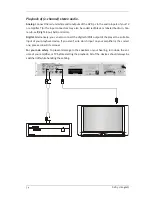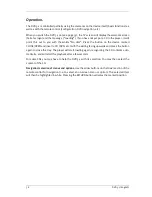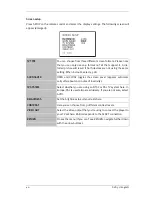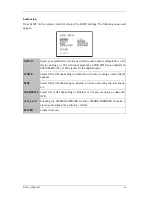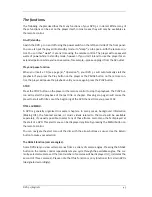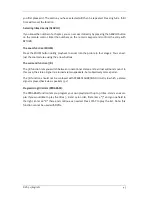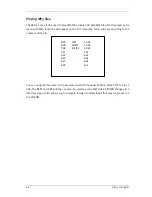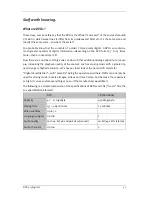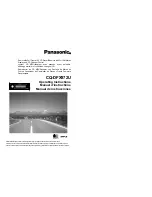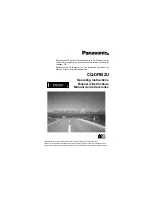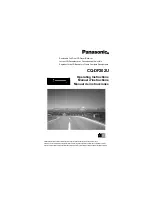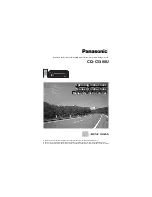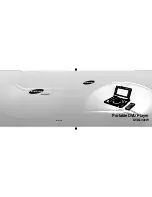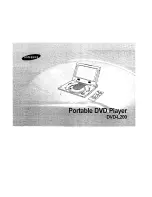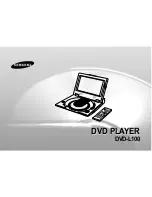
DVD 5.1 (English)
47
Stuff worth knowing.
What are DVDs?
These days, we can safely say that the DVD is the official “successor” of the successful audio
CD. But in which ways does it differ from its predecessor? After all, it's the same size and
(nearly) the same color... so what's the secret?
You probably know that the contents of a music CD are purely digital. A DVD can contain a
much greater quantity of digital information—depending on the DVD format, 7 to 25 times
more—than a conventional CD.
Now there are a number of things one can do with that additional storage capacity: for exam-
ple, increasing the playback quality of the content, such as storing music with a greater dy-
namic range or higher resolution. Let's have a closer look at the name: DVD stands for
“Digital Versatile Disc”—with “versatile” being the operative word here. DVDs can not only be
used for storing music, but also images, videos and much more. And because the capacity is
so high, it can even store everything at once—if the manufacturer would like it.
The following is a simple comparison of the specifications of DVDs and CDs (“music” CDs, the
so-called Red Book format).
DVD
CD (Red Book)
Capacity
4.7 – 17 Gigabyte
650 Megabyte
Playing time
133 – 484 minutes
74 minutes
Video subtitles
Up to 32
-
Language support
Up to 8
2
Audio quality
16 to 24-bit, 48 and 96 kHz (4Gsound)
16-bit/44.1 kHz (stereo)
Audio channels
Up to 6
2


